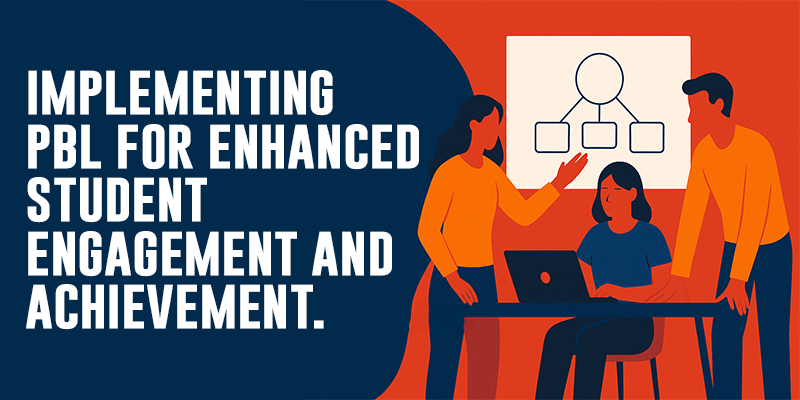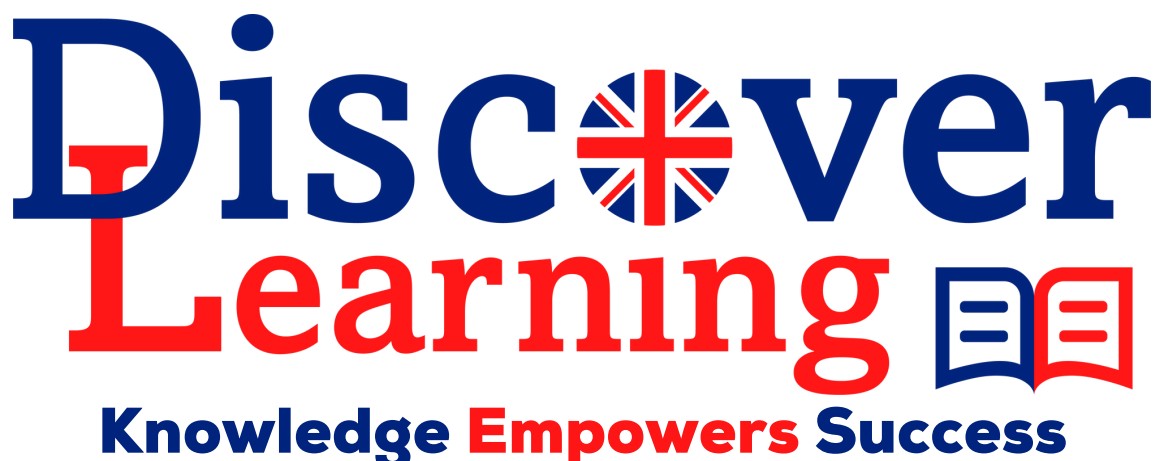
Introduction
In today’s fast-paced educational environment, tutor effectiveness hinges on engaging students beyond rote memorization. Problem‑Based Learning (PBL) offers a robust framework for achieving this goal. By immersing learners in authentic problem scenarios, PBL ignites curiosity, fosters active participation, and cultivates skills essential for academic excellence and real-world success. Discover Learning empowers its tutors with comprehensive PBL training—ensuring each session drives meaningful engagement and measurable achievement.
The Five-Step PBL Cycle Explained
Successful PBL implementation depends on a structured cycle:
- Problem Orientation: Present a compelling scenario (e.g., designing a cost-effective event layout) that aligns with curriculum objectives. This initial hook sets clear goals and motivates inquiry.
- Research & Inquiry: Students identify knowledge gaps, gather information, and apply concepts—guided by tutor prompts and resources.
- Analysis & Synthesis: Learners collaborate to analyze data, test hypotheses, and refine approaches, developing both content mastery and critical thinking.
- Solution Development: Groups produce detailed solutions—written reports, calculations, or digital simulations—reinforcing conceptual clarity.
- Reflection & Feedback: A structured debrief encourages self-assessment, peer feedback, and tutor evaluation, promoting metacognitive growth.
Each step incorporates tailored scaffolds—from graphic organizers to digital tools—ensuring accessibility and depth.
Customizing PBL for Diverse Learner Profiles
Discover Learning’s tutors adapt PBL to individual needs:
- Differentiation: Problems are calibrated to student readiness levels, with tiered challenges for acceleration or support.
- Cultural Relevance: Scenarios reflect local contexts—such as optimizing travel routes in urban settings—to enhance engagement.
- Technology-Enhanced Learning: Interactive simulations and virtual labs extend inquiry beyond the classroom, fostering digital literacy.
- Flexible Grouping: Rotating roles and group compositions ensure balanced participation and peer learning.
This customization maximizes both accessibility and challenge, catering to diverse learner profiles.
Overcoming Common PBL Challenges
Implementing PBL can present hurdles, including:
- Time Constraints: Effective pacing requires careful lesson planning to balance depth with curriculum coverage.
- Resource Availability: Tutors curate problem libraries and digital tools to streamline lesson preparation.
- Student Resistance: Initial unfamiliarity may cause discomfort—addressed through gradual scaffolding and positive reinforcement.
- Assessment Alignment: Formative and summative assessments are designed to capture both content and skills, aligning with exam criteria.
Discover Learning provides tutors with ongoing coaching and shared resources to navigate these challenges effectively.
Evidence of Impact
Data from internal studies confirm PBL’s efficacy:
- Engagement Metrics: 95% of students actively contribute during sessions, compared to 70% in traditional tutoring.
- Achievement Gains: Average grade improvements of 18% across modules after four months.
- Skill Development: 85% of learners report increased confidence in problem-solving and teamwork.
These results underscore the transformative power of PBL when implemented with fidelity and expertise.

